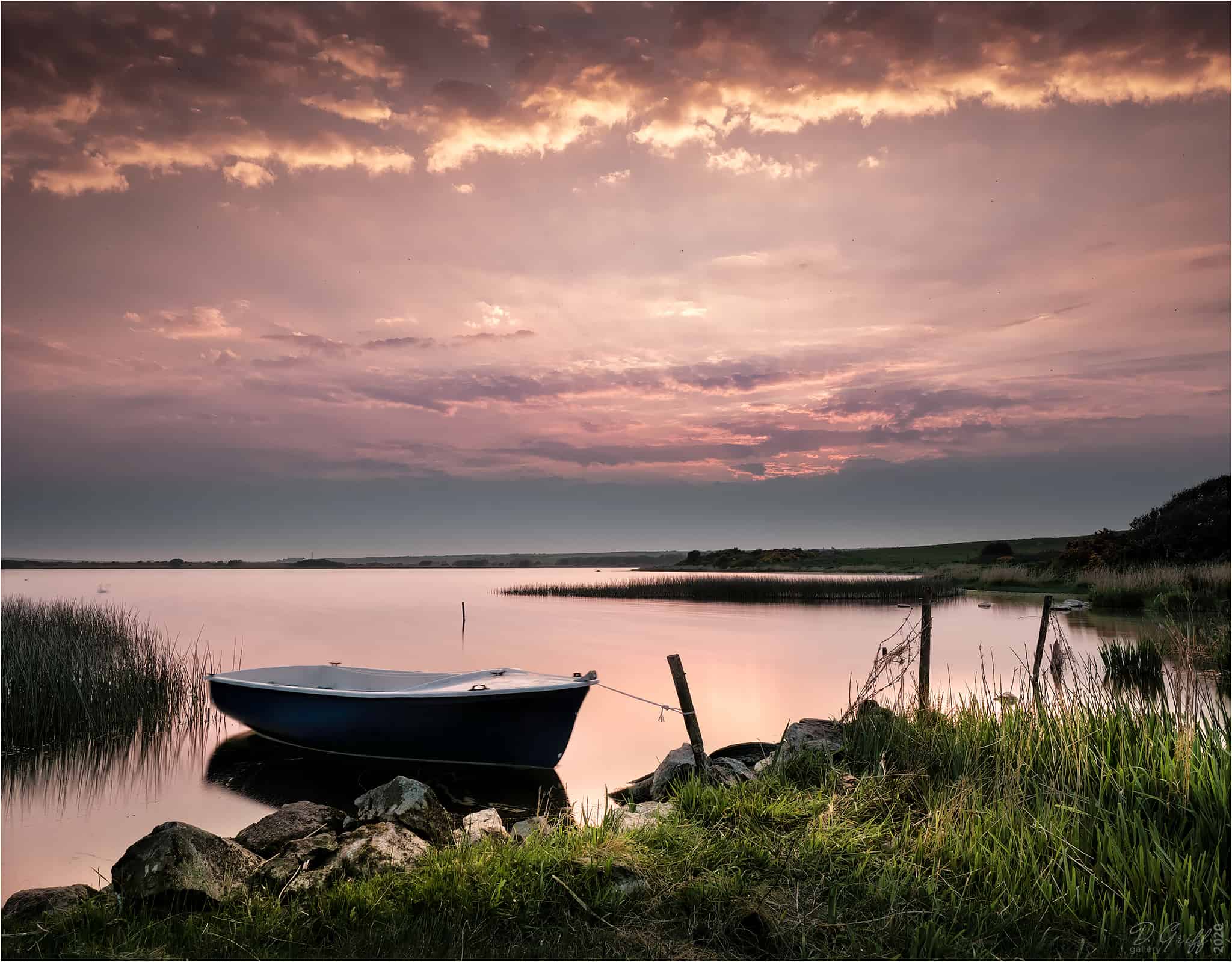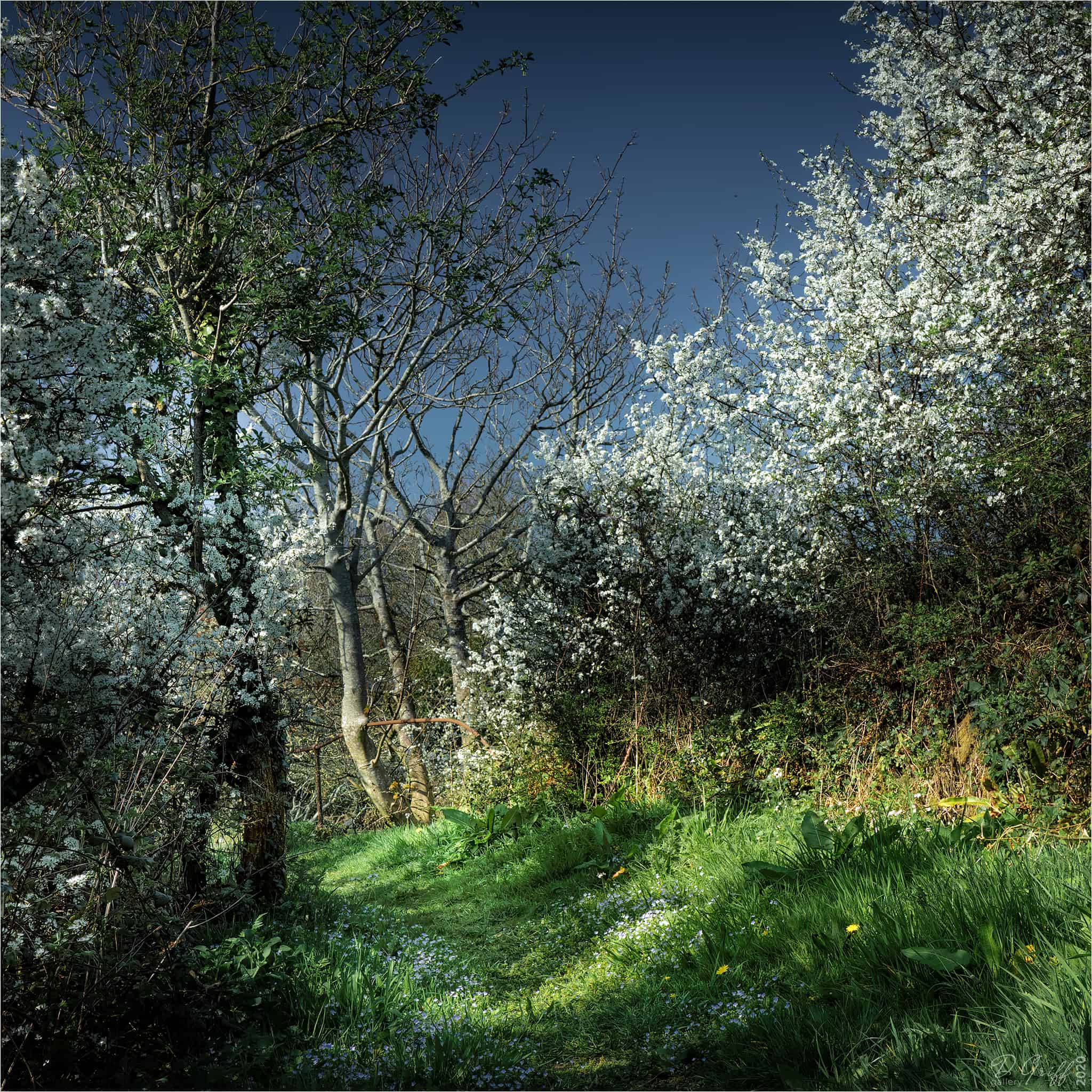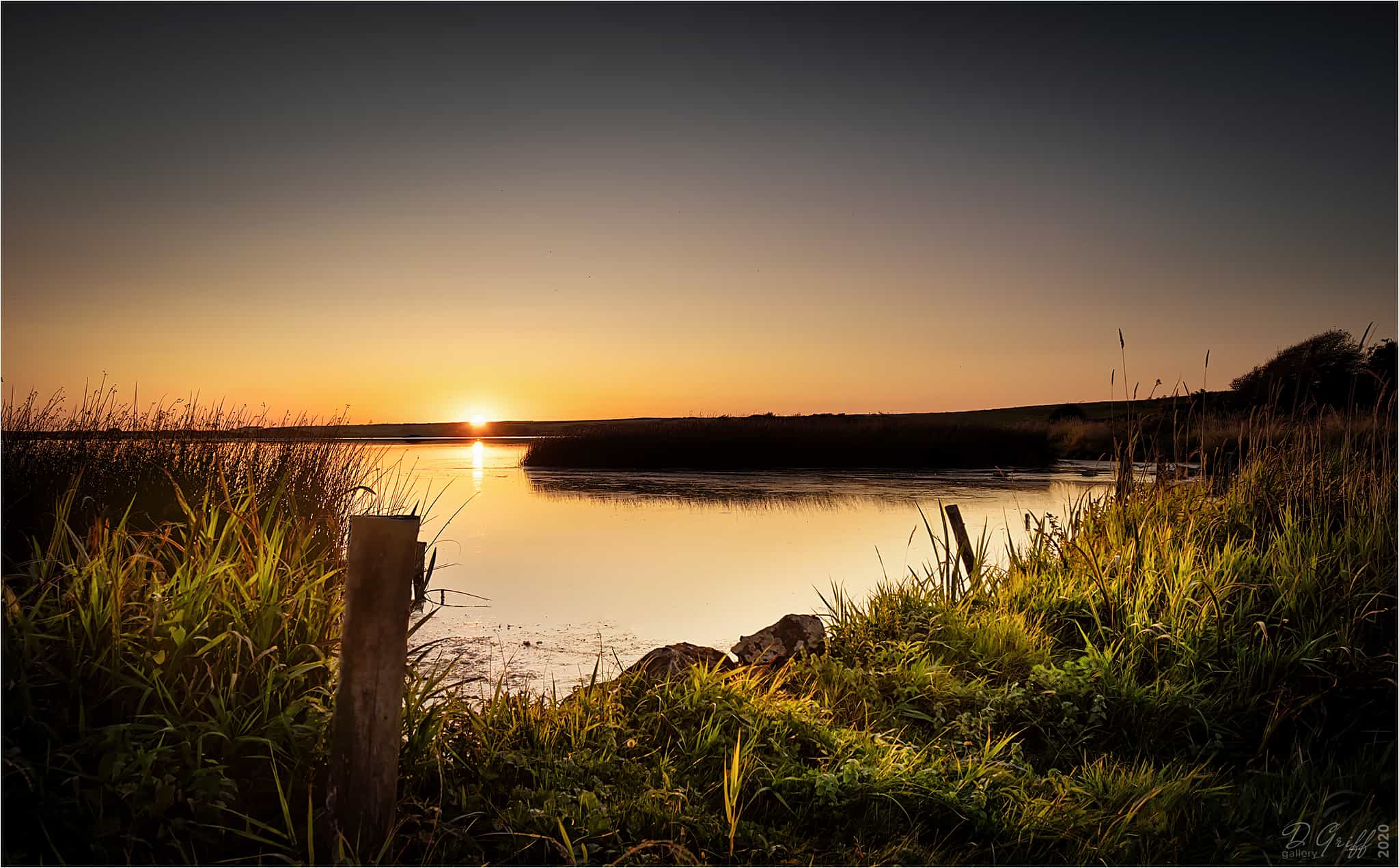A subject which I find is raised with great regularity and frequency is the extent to which an image should be post processed. As with pretty much every aspect of photography, that is, of course a completely subjective discussion. And yet I hear and read so many times strident opinions which appear to take very little account of a number of influencing factors. They simply have their own approach to which they stick doggedly!
It can certainly be argued that it is not an ideal habit to allow an over reliance on post-processing to be a substitute for good camera technique. And yet there are no medals given out for being able to produce images which require almost no post processing. An unreasonable desire to produce a set of pixels which without any additional work produces a portfolio or competition-worthy image, must surely mean other perfectly good images would end up being unnecessarily discarded.
I prefer to approach my photography from a slightly more pragmatic standpoint. And as to the debate on what constitutes good or bad processing, I’m sure that there are occasions when processing which I have used would be considered by many to be in the “bad” category. Indeed, there have been plenty of occasions when people have claimed that the extent to which I have manipulated an image subsequent to capturing the pixels render it in some way unworthy. I make no apologies for how I choose to create my artwork, and I accept that by sharing my work to such a wide audience maintaining a thick skin to criticism is pretty essential.
Of course, that’s not to say that I haven’t taken well considered critique on board. I would hope I’m not sufficiently arrogant to think that I cannot learn and improve. Indeed there is a specific image in my main portfolio which was significantly altered following some extremely useful feedback from a fellow landscape photographer. Pointing out aspects of the original version of the image which could be improved upon, and taking into account his well-meaning approach and obvious skill, I was able to significantly improve the image based on his suggestions.
So as to my overall opinion on the “extent” to which an image should be post processed, I have two very simple parameters which I keep in mind at all times, and which I have shared in a recent video.
My personal mantra is: maintain a balance between impact and subtlety. Given that I do a lot of landscape photography it’s reasonable to accept that such a frequency will not necessarily generate a high number of ideal conditions, and therefore potentially shareable images. I do have to ensure that any images which I share reinforce my credentials as a photographer, in other words I won’t share substandard images as they will undermine my credibility. However, many photographers who follow my work, would probably be quite surprised at the extent to which I am able to produce images which I am happy to share, simply because I took a less than ideal starting point and was able to create a sufficiently arresting artwork, which I am happy to share.
And this is in very many instances using post-processing to quite a high degree, bearing in mind the requirement for impact and subtlety. If you have a chance to watch, I explain much more in the video I mentioned earlier. This is, of course, a broad and wildly subjective subject and difficult to provide any detail in a written form. So do take a look at the video where I show you a series of pretty drab pixels, I am unable to turn into something hopefully quite striking without any deliberately false additions to the image.
I certainly don’t go in for sky replacements!









